You've planted a beautiful skimmia plant in your garden. But what do you do when it seems like an unknown intruder has been snacking on your beloved skimmia's foliage? Fortunately, we researched what can damage to your plant, and we will help you solve it.
If you've recently noticed your skimmia leaves being eaten, it's likely due to the presence of a few common garden pests. Here are some of the potential eaters of your skimmia leaves:
- Aphids
- Caterpillars
- Sawfly Larvae
- Grasshoppers
- Brown Mite
- Citrus Red Mite
- Spider Mites
- Snails
This blog post will help solve the mystery behind who is eating your skimmia leaves and provide useful tips on how to keep them safe from now on! So if you want to put an end to the destructive munching, keep reading!
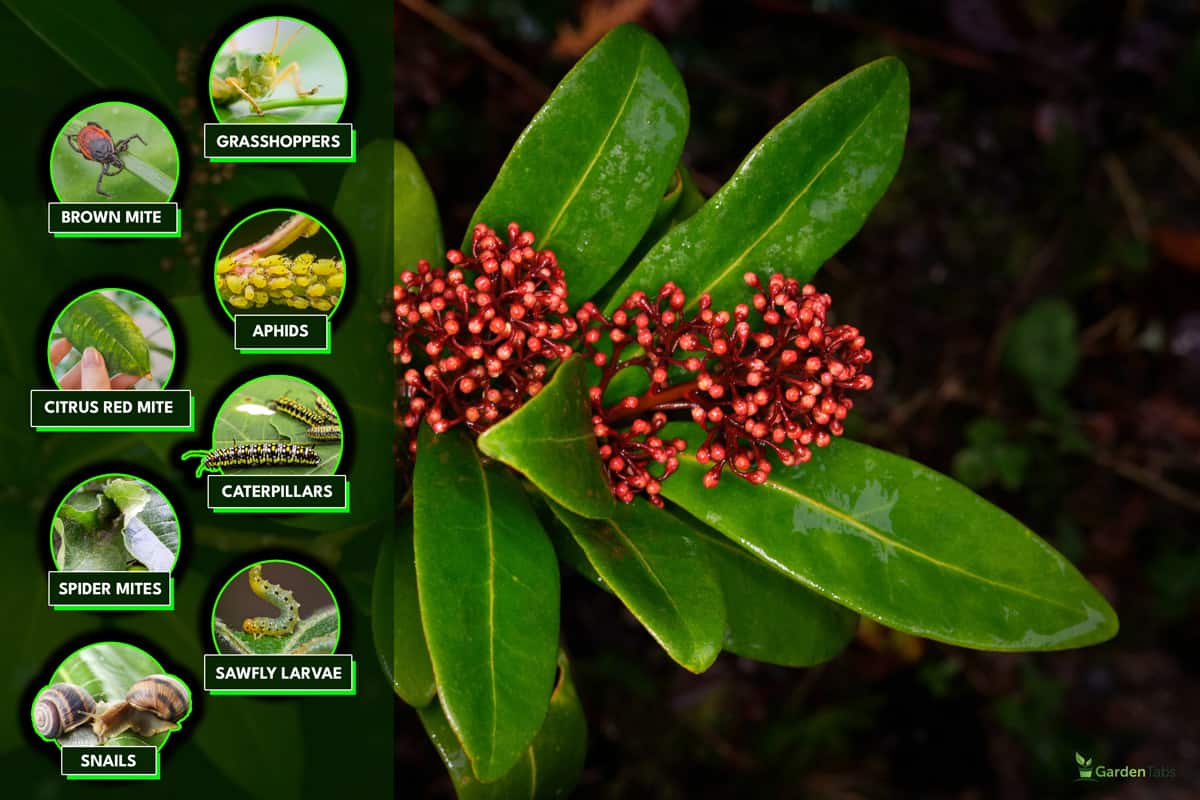
What Could Be Eating My Skimmia Leaves?
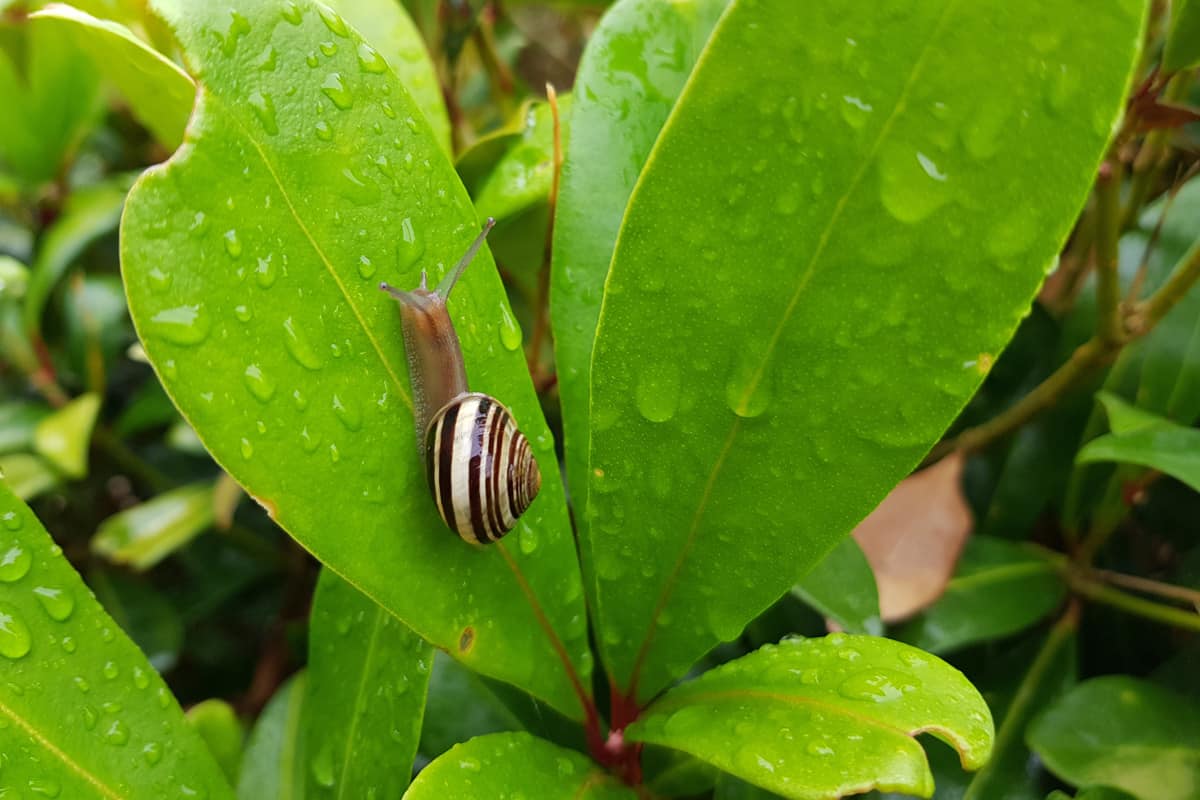
There are a few likely culprits responsible for eating Skimmia leaves.
1. Aphids
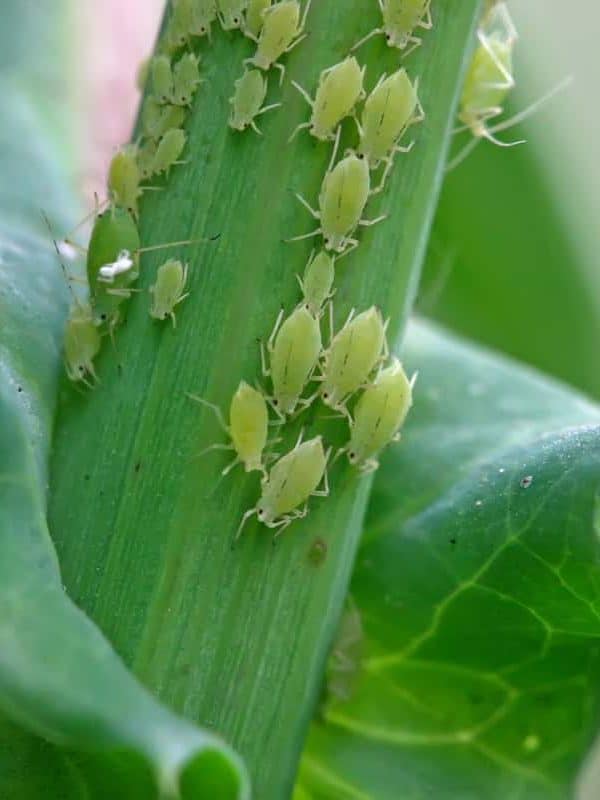
One of the most common pests that could be targeting your skimmia plant is aphids. These small green or black insects feed on the sap found in the leaves, leaving behind a sticky residue as well as tell-tale yellow spots and distorted foliage.
Aphids are especially prevalent during periods of warm weather and high humidity; they tend to appear in greater numbers when plants are stressed due to insufficient watering or poor nutrition.
To protect your skimmia from these pesky critters, you can try using a systemic insecticide to stop them in their tracks. Additionally, if you find that your plant is being overwhelmed by aphids, you can use horticultural oil mixed with water spray to knock them off before they cause too much damage!
2. Caterpillars
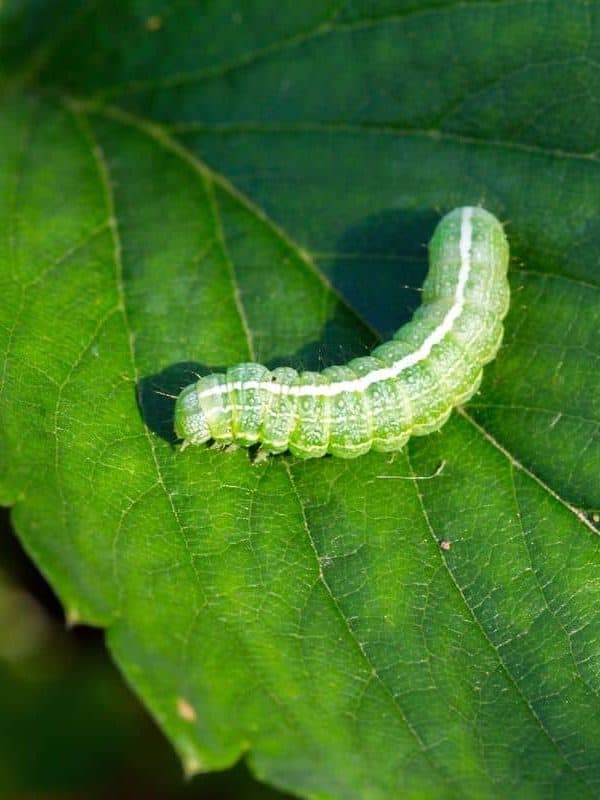
Caterpillars can also be responsible for nibbling on your skimmia leaves. These soft-bodied insects typically emerge from eggs laid by adult moths or butterflies, and will often feed together in large groups.
If you catch them early enough, handpicking caterpillars off the plant could be an effective solution for controlling them.
But, if the infestation has grown out of control, then chemical means might be required in order to effectively reduce their numbers.
3. Sawfly Larvae

Sawfly larvae can also cause damage to skimmia foliage; these small greenish-black worms generally appear in mid-spring and feed on newly emerging leaves and shoots of plants such as roses and skimmia.
To prevent sawflies from attacking your plants, regularly inspect them for signs of damage and manually remove any visible sawfly larvae you find by hand or with tweezers—if possible, do this before they’ve had time to mature into adults!
4. Grasshoppers

Grasshoppers could also be eating the leaves of your skimmia plant. Although they don’t typically feed directly on the foliage itself, their presence near the plant could still deter birds from feeding, which would lead to a decrease in natural pest control measures like predatory wasps and spiders that help keep leaf-eating pests at bay naturally.
So if you suspect grasshopper activity around your skimmia it might be wise to take action before introducing additional chemical controls into your garden environment!
5. Brown Mite

Brown mite is a common pest that can feed on the foliage of skimmia plants, causing them to become discolored and weak. These mites are small, oval-shaped creatures that can range in color from yellow-brown to reddish-brown.
Brown mites feed by sucking sap from leaves, making them appear distorted or spotted. Damage caused by these pests is most noticeable during summer months when temperatures are warmest.
To help protect your skimmia plants from brown mites, it is important to regularly inspect the foliage for signs of infestation and treat it appropriately with an insecticide specifically formulated for use against mites.
6. Citrus Red Mite
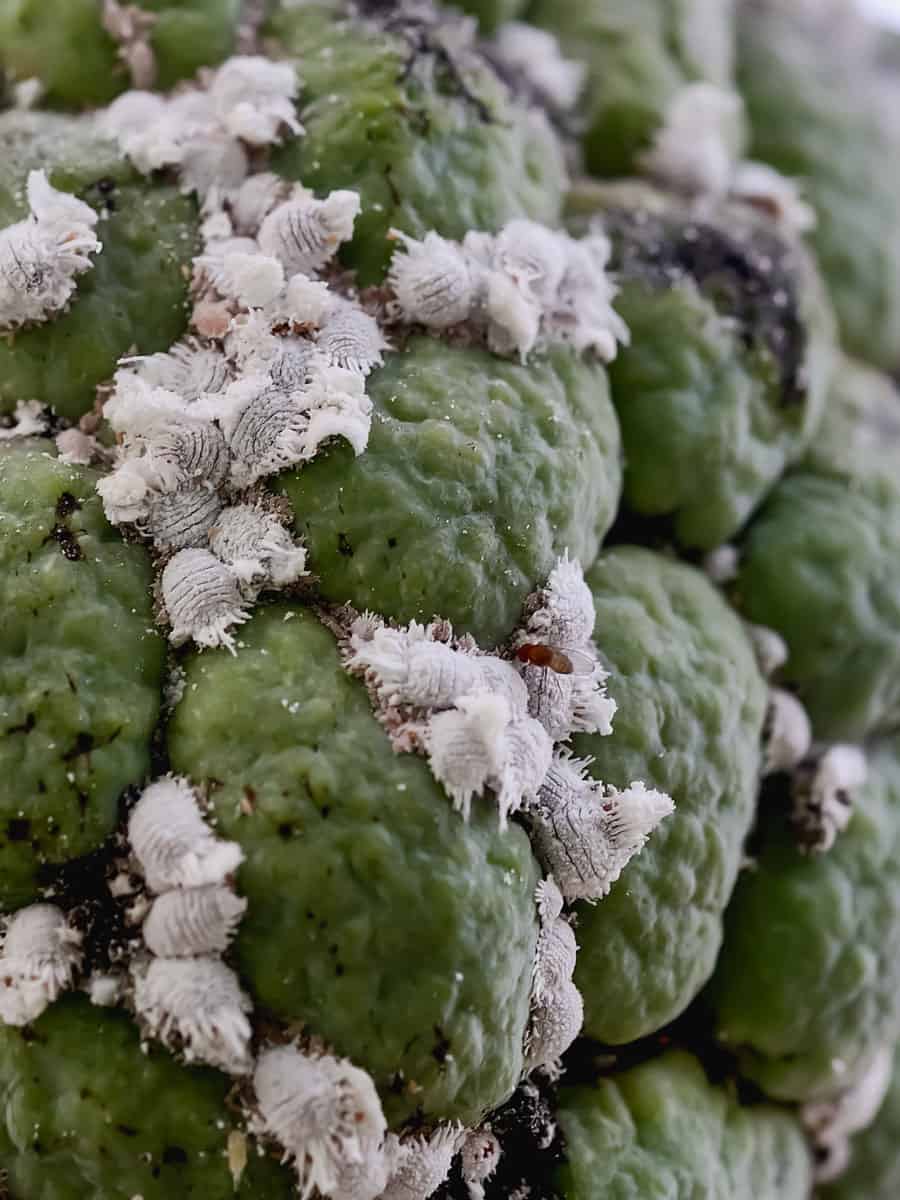
Citrus red mite is another type of pest that will often target skimmia plants.
These mites have an orange-red coloration and measure about 0.5mm in length. They can be found on both the upper and lower surfaces of leaves, where they feed by sucking sap from the veins and causing damage such as discoloration and leaf distortion.
Unlike other types of pests, citrus red mites rarely reproduce indoors, so contact with other infested plants is usually responsible for outbreaks in greenhouses or gardens.
Prevention methods include promptly maintaining a healthy environment, promptly removing dead vegetation, and treating affected areas with an approved insecticide.
7. Spider Mites

Spider mites may also consume skimmia leaves if their populations become large enough. These small arthropods are typically pale green or yellow in color but some species may exhibit darker shades, such as brown or red.
Spider mites feed by piercing leaves and sucking out cellular fluids. This causes symptoms such as stippling, bronzing, webbing, or bleaching on foliage, depending on the species present.
Outbreaks are often favored by hot dry conditions so good practices such as regular watering and pruning can help to reduce infestations before chemical control becomes necessary.
8. Snails
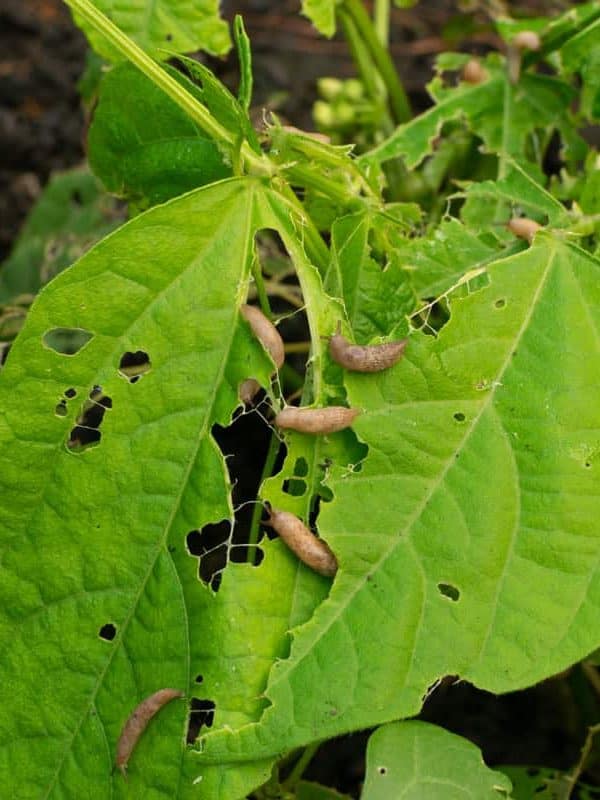
Snails are common culprits of nibbled and chewed skimmia leaves. These slimy little creatures love to munch away at the foliage, leaving behind a trail of destruction in their wake. Snails can be particularly damaging during wet weather conditions when they are more likely to move around and feed on vegetation.
As they move through the garden, they leave behind telltale signs of their presence, such as slime trails or holes in the leaves of your beloved plants. It may seem like an unsightly nuisance, but it is important to deal with this problem promptly - if left unchecked, snail damage can cause irreparable harm to your skimmia shrubs.
What Damage Do Skimmia Pests Cause?
Skimmia pests can cause a lot of damage to plants, trees, and crops. Many species of skimmia are voracious eaters, and they feed on various types of plant material, including flowers, buds, foliage, fruit, and bark.
When these pests infest an area, the damage is often seen in the form of wilting leaves or brown spots on foliage and fruit. Not only that, but they can also weaken the roots and stems of plants as well as spread disease-causing bacteria from one plant to another.
What Can I Do to Stop the Pests From Eating My Skimmia Leaves?
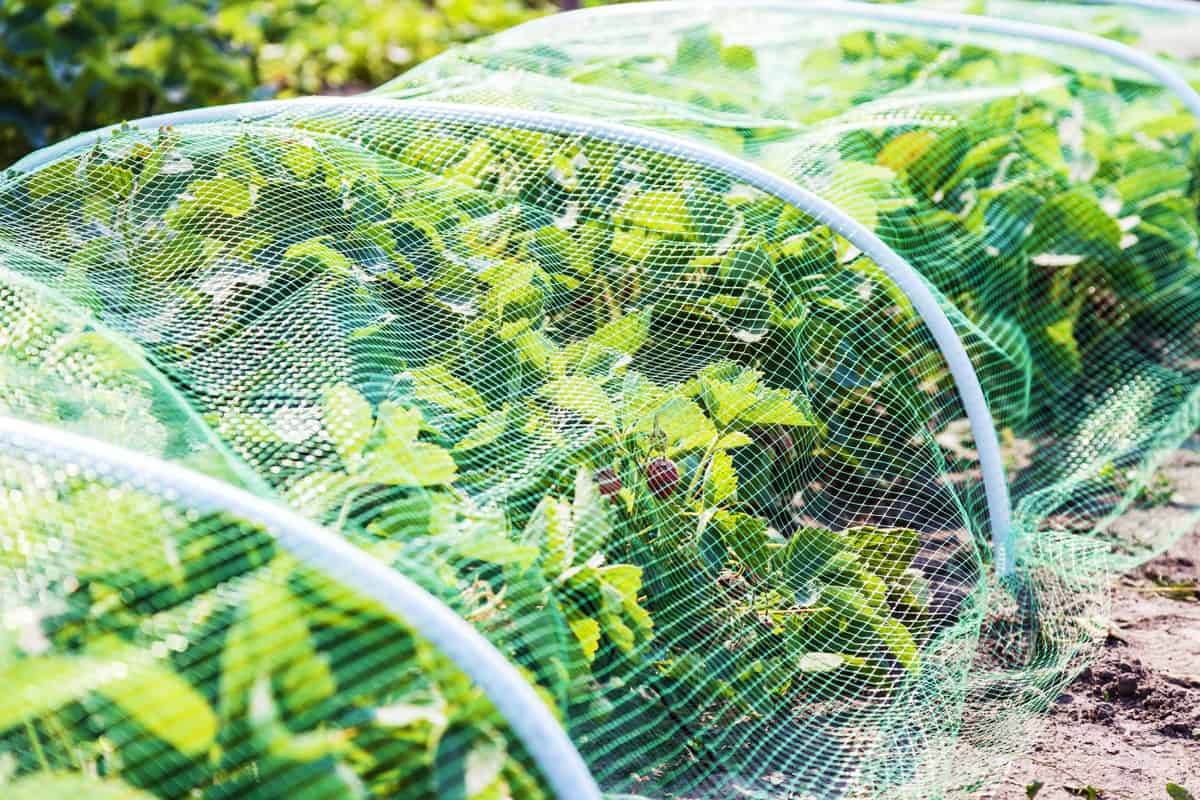
One of the most effective ways to keep pests from eating your skimmia leaves is to practice proper plant care techniques. This means providing adequate sunlight and water and regular pruning and fertilizing to ensure the plant remains healthy and strong.
You can also use a variety of pest control methods, such as traps, insecticidal soaps or sprays, or even beneficial insects like ladybugs which are very effective in eliminating many different types of pests.
Get insecticidal sprays on Amazon.
Additionally, you can create a physical barrier around the plants by using a netting or fine mesh to keep larger pests away. It's also important to regularly inspect your skimmia for signs of pest damage, such as chewed or missing leaves, discoloration, or webbing on the foliage and stems.

See garden mesh netting on Amazon.
If you notice any of these signs, then it's time to take action and remove the affected leaves and spray with an appropriate pesticide.
Another great preventative measure is to introduce companion plants in your garden that naturally repel pests away from your skimmia. Herbs like rosemary, oregano, and lavender are some good examples that work well for this purpose.
Finally, you can also add a layer of mulch around the base of the plant to reduce soil moisture and discourage pests from coming near it.
By following these steps and taking proactive measures, you should be able to protect your skimmia from pesky critters looking for their next meal!
Other Problems in Planting Skimmia
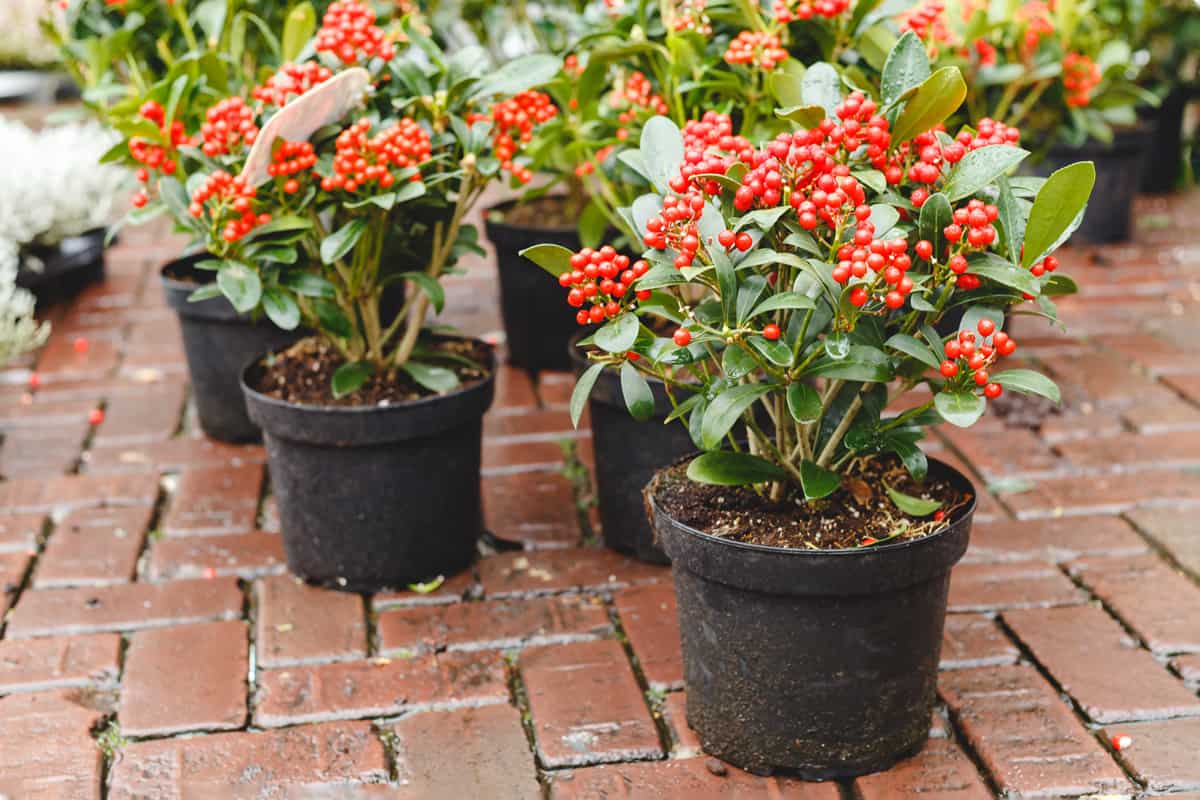
Skimmia plants are not without their difficulties.
One issue with skimmia plants is that they can be very susceptible to root rot, which is caused by excess soil moisture or poor drainage. Root rot can be caused by overwatering, planting in overly moist soil conditions, or if water accumulates at the base of the plant due to poor drainage.
To help protect against this problem, it is important to make sure the soil around a skimmia has adequate drainage and avoid overwatering. Additionally, mulching around a skimmia can help reduce moisture levels around the roots and keep them from becoming overly saturated with water.
In addition to these two issues, skimmia plants can also suffer from fungal diseases like powdery mildew or sooty mold.
Powdery mildew typically appears as white patches on the leaves of a skimmia. Sooty mold appears as dark spots or streaks on the foliage or stems of a plant.

Treatments for both of these ailments include fungicides or natural remedies like neem oil sprays and baking soda solutions that should be applied regularly until the problem subsides.
Final Words
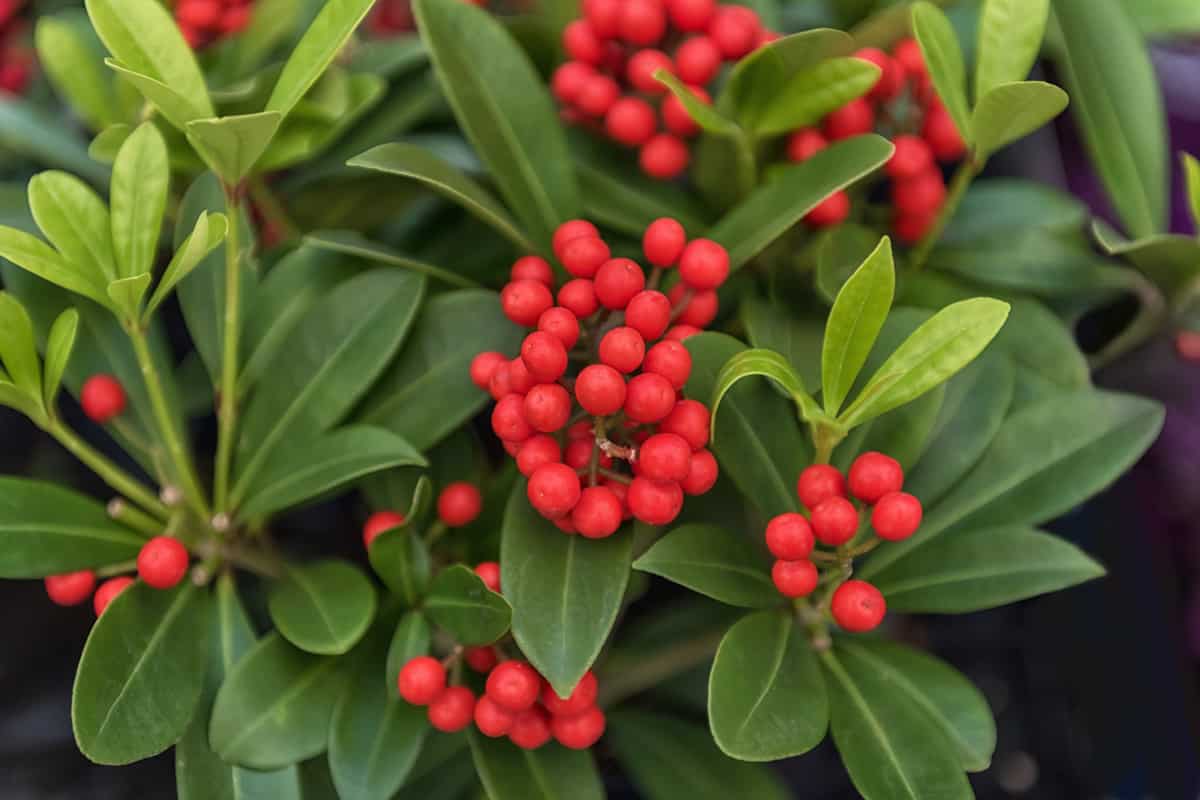
Eating my skimmia leaves could be a sign of a pest problem. Several pests can cause this type of damage to plants, so it's important to identify the pest and take appropriate action correctly.
If you suspect that pests are eating your skimmia, take action immediately to get rid of them. This may include using pesticides or other methods, such as introducing beneficial predators or parasites into your garden ecosystem.
For more tips on how to take good care of your plants, see our posts below:
